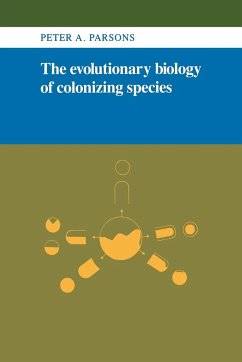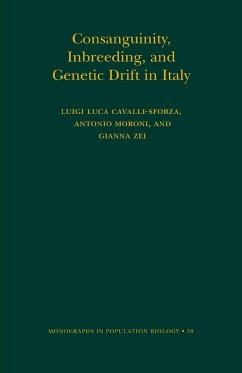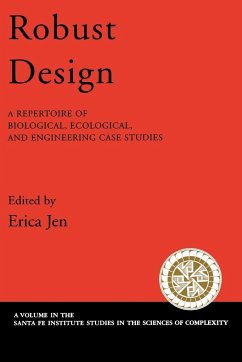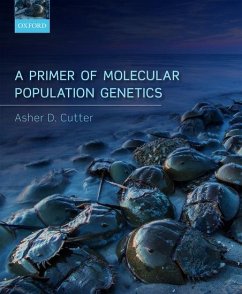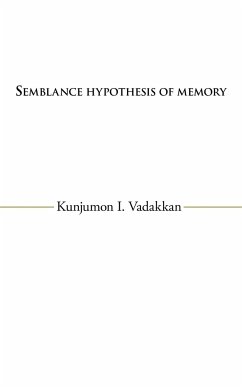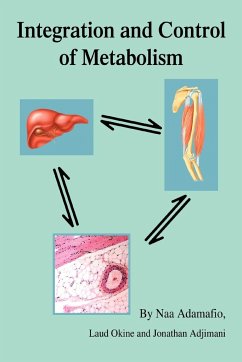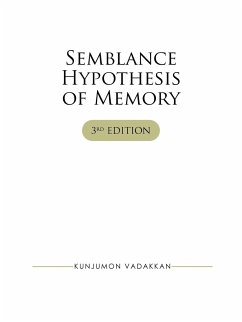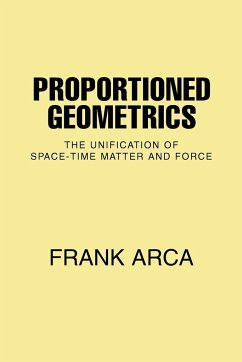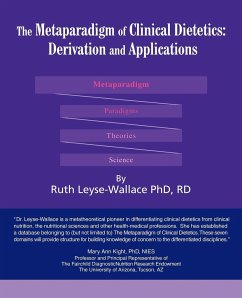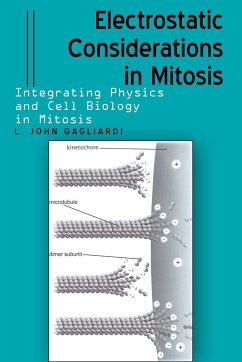
Electrostatic Considerations in Mitosis
Integrating Physics and Cell Biology in Mitosis
Versandkostenfrei!
Versandfertig in 1-2 Wochen
12,99 €
inkl. MwSt.

PAYBACK Punkte
6 °P sammeln!
Identifying the motive force is central to explaining chromosome motions during mitosis. Presently, there is no consensus on what it is. The author has proposed a minimal assumptions model for the dynamics of post-attachment chromosome motions based on nanoscale electrostatics. Given the electrical properties of tubulin and the dynamic instability of microtubules, it is possible to account for prometaphase post-attachment, metaphase, and anaphase chromosome motions within a comprehensive model. The model addresses all of the following in a unified manner: Efficiency of aster and spindle assemb...
Identifying the motive force is central to explaining chromosome motions during mitosis. Presently, there is no consensus on what it is. The author has proposed a minimal assumptions model for the dynamics of post-attachment chromosome motions based on nanoscale electrostatics. Given the electrical properties of tubulin and the dynamic instability of microtubules, it is possible to account for prometaphase post-attachment, metaphase, and anaphase chromosome motions within a comprehensive model. The model addresses all of the following in a unified manner: Efficiency of aster and spindle assembly and the motive force for the motion of asters and forming half-spindles. Chromatid pair attachment. Motion of monovalently attached chromatid pairs. Motion of bivalently attached chromatid pairs and chromosome congression. Metaphase chromatid pair oscillations. Chromatid separation and anaphase-A chromosome motion. Anaphase-B pole separation. An ab-initio calculation of the maximum tension force exerted by a microtubule during mitosis that falls within the experimental range. Poleward force generation of chromosomes at poles with associated microtubule flux.



